
How to Help the Ocean From Your Garden
You don’t have to be in the ocean — or even near it — to have an effect on marine life. Here are a few ways to make your impact a positive one.

You don’t have to be in the ocean — or even near it — to have an effect on marine life. Here are a few ways to make your impact a positive one.
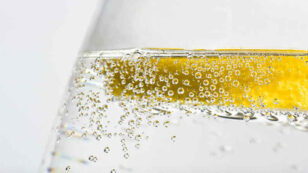
By Franziska Spritzler Carbonated water is a refreshing beverage and a good alternative to sugary soft drinks. However, concerns have been raised that it may be bad for your health. Carbonated water is water that has been infused with carbon dioxide gas under pressure. This article takes a detailed look at the health effects of […]
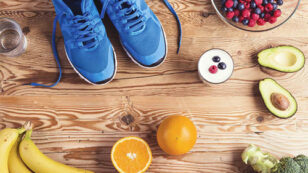
By Ann Pietrangelo “If everyone was a healthy weight we could close half the hospitals and get rid of half the doctors,” according to Philip Caravella, M.D., F.A.A.F.P. The family physician says obesity and being overweight are the leading causes of serious medical problems. “The huge costs of medical care and medical insurance could be […]

For consumers who want to avoid bisphenol A, Environmental Working Group (EWG) has created the first easily, searchable database of nearly 16,000 processed food and drinks packaged in materials that may contain this hormone-disrupting chemical, better known as BPA. The list was compiled from a little-known food industry inventory and is now available at EWG’s […]
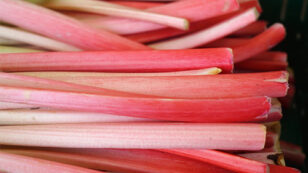
By Kerri-Ann Jennings You have more calcium in your body than any other mineral and it’s very important for health. It makes up much of your bones and teeth and plays a role in cardiovascular health, muscle function and nerve signaling. The recommended daily intake (RDI) of calcium is 1,000 mg per day for most […]
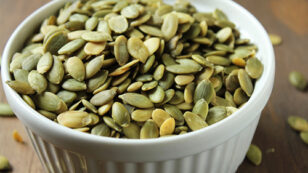
Pumpkin seeds may be small, but they’re packed full of valuable nutrients. Eating only a small amount of them can provide you with a substantial quantity of healthy fats, magnesium and zinc. Because of this, pumpkin seeds have been associated with several health benefits. These include improved heart health, prostate health and protection against certain […]

A good night’s sleep is just as important as regular exercise and a healthy diet. Research shows that poor sleep has immediate negative effects on your hormones, exercise performance and brain function (1, 2, 3, 4, 5). If you want to optimize your health or lose weight, then getting a good night’s sleep is one […]

The 27-inch tall solar-powered Green Cone will revolutionize how you deal with food waste in your house. The Green Cone composter/digester by Compostec is made of 100 percent recycled plastic and has just three simple parts: a basket that can be buried underground; a black cone-shaped top; and a green cone-shaped top that fits over […]
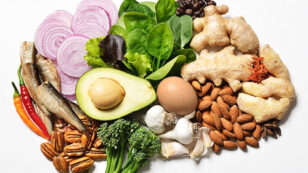
“Dr. Hyman, most days I feel like I can’t focus for more than 15 minutes at a time,” writes this week’s house call. “I lose my train of thought and feel like I’m living in a daze. I used to be so sharp. Now I feel like I have brain fog. Is there anything I […]